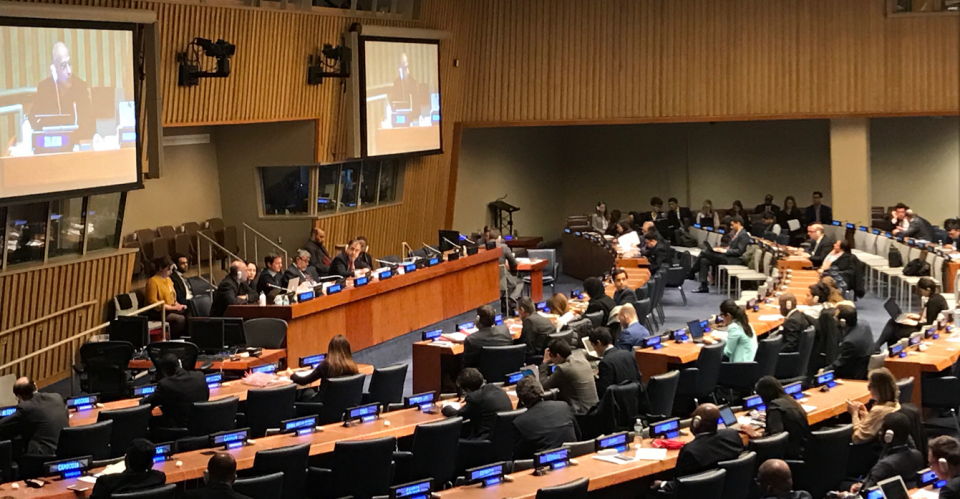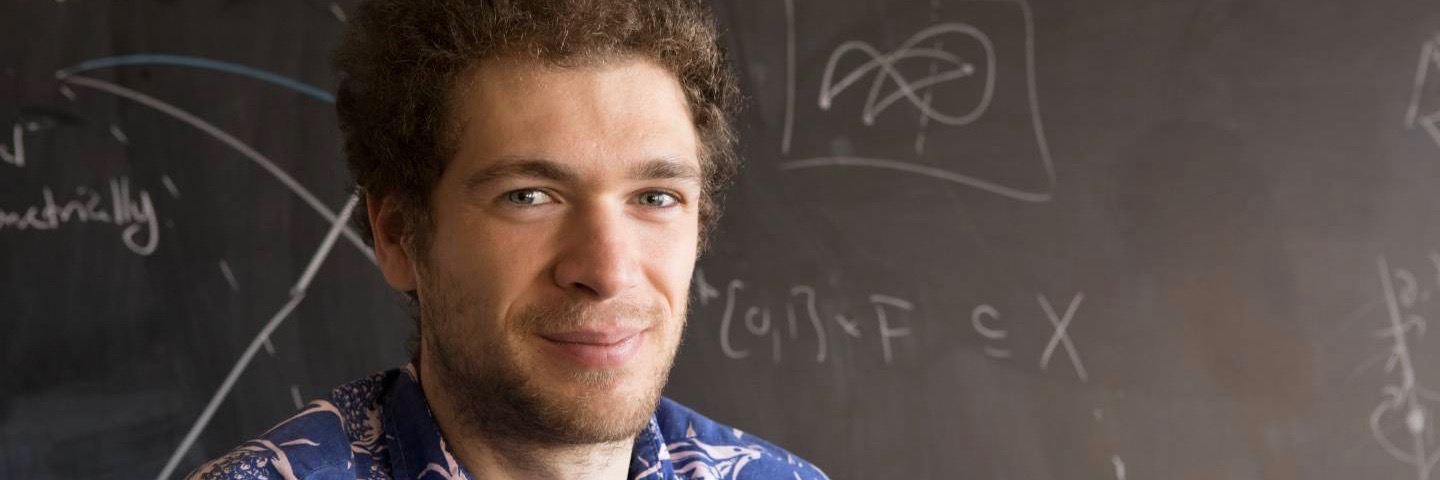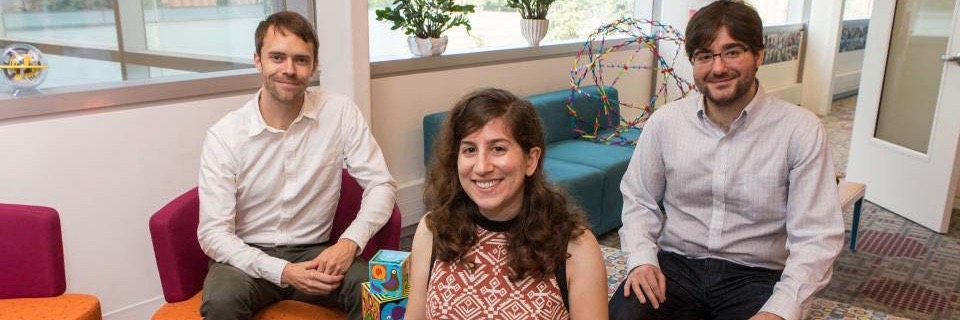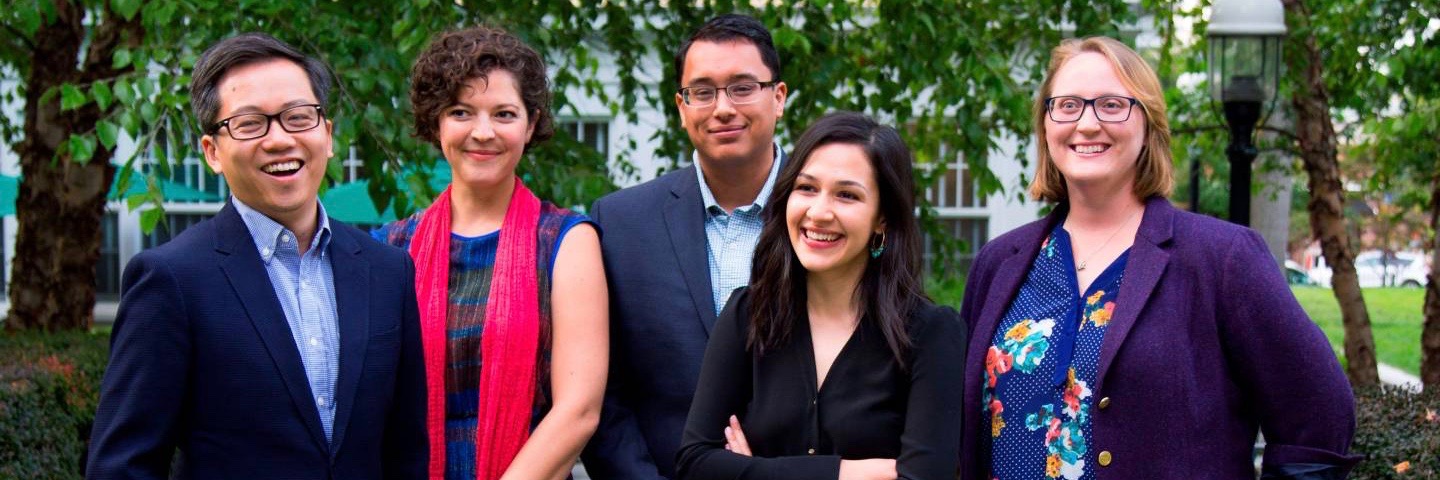 Princeton has been awarded a grant of $225,000 from The Andrew W. Mellon Foundation to support a Sawyer Seminar on the Comparative Study of Cultures, entitled “Global Migration: The Humanities and Social Sciences in Dialogue.”
Princeton has been awarded a grant of $225,000 from The Andrew W. Mellon Foundation to support a Sawyer Seminar on the Comparative Study of Cultures, entitled “Global Migration: The Humanities and Social Sciences in Dialogue.”
Category Archives: Uncategorized
Princeton researchers involved in ICAN’s Nobel Peace Prize-winning work to abolish nuclear weapons
Devourer of planets? Princeton researchers dub star ‘Kronos’
Mathematician Pardon receives Packard Fellowship for early-career scientists
Uncovering the sound of ‘motherese,’ baby talk across languages
Lessons learned, and some unheeded, after hurricanes
Ning Lin, an assistant professor of civil and environmental engineering at Princeton University, studies hurricane hazards and risks. Lin recently answered questions about her work and how actions taken after Sandy might not be enough to protect residents on the Jersey Shore and New York City from another damaging storm.
Social psychologist Paluck awarded MacArthur Fellowship
Elizabeth Levy Paluck, a professor of psychology and public affairs at Princeton University, has been awarded a 2017 MacArthur Fellowship.
Architecture of new Lewis Arts complex embraces ‘campus-making but also community-making’
Princeton endowment earns 12.5 percent return
Festival of the Arts brings together community, campus to fête new Lewis Arts complex
During a four-day Festival of the Arts, Oct. 5-8, Princeton University celebrated the opening of the new Lewis Arts complex with a bonanza of events, open to the public. More than 100 events across arts genres took place in more than 30 venues of every shape and size, from the expansive University Chapel to a tiny “Theatre for One” mobile unit, from a high-tech black box theater to a sun-drenched outdoor plaza.
Five scholars join Society of Fellows in the Liberal Arts
Tiger Challenge team tackles sustainability in Princeton
 The Tiger Challenge is a program in the Keller Center designed to help Princeton students tackle complex, real-world problems. This summer, the students learned about climate planning in Princeton through research and conversations with residents, municipal officials, sustainability experts and Tiger Challenge advisers.
The Tiger Challenge is a program in the Keller Center designed to help Princeton students tackle complex, real-world problems. This summer, the students learned about climate planning in Princeton through research and conversations with residents, municipal officials, sustainability experts and Tiger Challenge advisers.
Q&A with Dancygier: Muslims in European politics
 Rafaela Dancygier explores this challenge in her new book, “Dilemmas of Inclusion: Muslims in European Politics,” published in September by Princeton University Press. Dancygier is an associate professor of politics and international affairs at Princeton University’s Woodrow Wilson School of Public and International Affairs. In this Q&A, Dancygier explains the motivation behind her book and some of the key takeaways.
Rafaela Dancygier explores this challenge in her new book, “Dilemmas of Inclusion: Muslims in European Politics,” published in September by Princeton University Press. Dancygier is an associate professor of politics and international affairs at Princeton University’s Woodrow Wilson School of Public and International Affairs. In this Q&A, Dancygier explains the motivation behind her book and some of the key takeaways.
Sound, expression, study: New pianos expand creative possibilities on campus
 In June, Princeton graduate student Andrew Or and Nico Toy of the Class of 2018 traveled to the Steinway & Sons factory in Queens, New York, with music lecturers Margaret Kampmeier and Jennifer Tao to select the last of 48 new pianos that have been purchased for the University’s new Lewis Arts complex.
In June, Princeton graduate student Andrew Or and Nico Toy of the Class of 2018 traveled to the Steinway & Sons factory in Queens, New York, with music lecturers Margaret Kampmeier and Jennifer Tao to select the last of 48 new pianos that have been purchased for the University’s new Lewis Arts complex.
New Princeton-CUNY program to bring together physicists and biologists
Princeton alumnus Thorne, former postdoc win Nobel Prize in Physics
 Kip Thorne, a Princeton Graduate School alumnus, is one of three recipients of the 2017 Nobel Prize in Physics. Thorne joins Rainer Weiss and Barry Barish in winning the prize “for decisive contributions to the LIGO detector and the observation of gravitational waves.”
Kip Thorne, a Princeton Graduate School alumnus, is one of three recipients of the 2017 Nobel Prize in Physics. Thorne joins Rainer Weiss and Barry Barish in winning the prize “for decisive contributions to the LIGO detector and the observation of gravitational waves.”
Green algae could hold clues for engineering faster-growing crops
 Two new studies of green algae — the scourge of swimming pool owners and freshwater ponds — have revealed new insights into how these organisms siphon carbon dioxide from the air for use in photosynthesis, a key factor in their ability to grow so quickly. Understanding this process may someday help researchers improve the growth rate of crops such as wheat and rice.
Two new studies of green algae — the scourge of swimming pool owners and freshwater ponds — have revealed new insights into how these organisms siphon carbon dioxide from the air for use in photosynthesis, a key factor in their ability to grow so quickly. Understanding this process may someday help researchers improve the growth rate of crops such as wheat and rice.
Bioinformatics points the way to treating deadly pancreatic cancer
 A new study that sifted through an enormous mass of biomolecular data has significantly advanced our understanding of the genetics of pancreatic cancer and opened up promising treatment avenues.
A new study that sifted through an enormous mass of biomolecular data has significantly advanced our understanding of the genetics of pancreatic cancer and opened up promising treatment avenues.
Gerrymandering: When does redistricting leave voters without a voice?
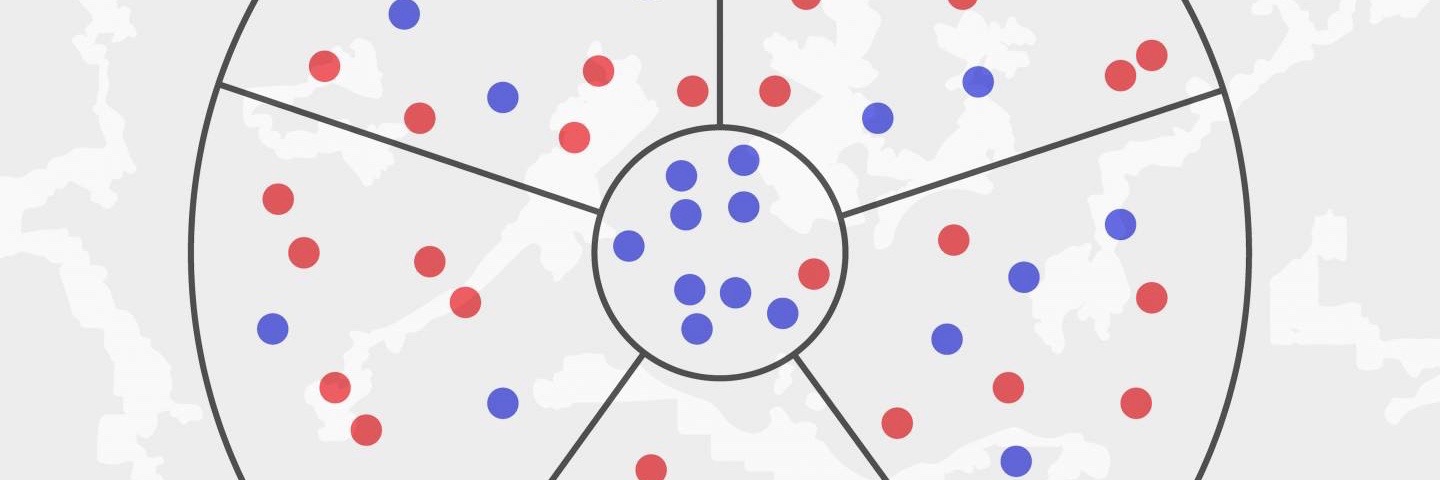 On Oct. 3, the U.S. Supreme Court will hear arguments in Gill v. Whitford, a case challenging Wisconsin’s 2011 redistricting plan as being the product of partisan gerrymandering. Princeton’s Sam Wang has a suggestion for the justices — and for citizens who want to make their voices heard.
On Oct. 3, the U.S. Supreme Court will hear arguments in Gill v. Whitford, a case challenging Wisconsin’s 2011 redistricting plan as being the product of partisan gerrymandering. Princeton’s Sam Wang has a suggestion for the justices — and for citizens who want to make their voices heard.
Felten, Krueger join Rework America Task Force
 Princeton professors Edward Felten and Alan Krueger will serve on a new task force aimed at transforming America’s labor market to a 21st-century, skills-driven model.
Princeton professors Edward Felten and Alan Krueger will serve on a new task force aimed at transforming America’s labor market to a 21st-century, skills-driven model.

